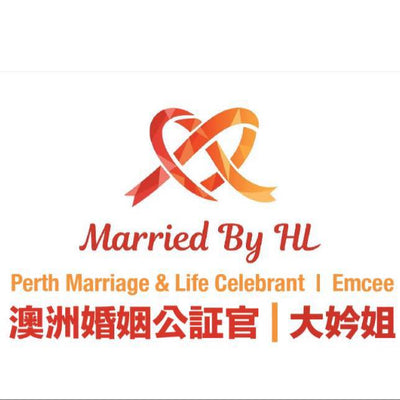- Home
-
About Lin
-
Wedding Services
- Chinese Tea Ceremony
- Master of Ceremonies
- 婚礼与主持服务
- Contact
April 02, 2025
If you and your families speak different languages—or you want to honour your cultural background—a bilingual wedding ceremony can be a beautiful and meaningful choice.
As a Commonwealth-registered celebrant who speaks English, Mandarin, and Cantonese, I’ve supported many couples in creating ceremonies that feel inclusive, heartfelt, and deeply personal.
But how does it actually work in practice?
Let me walk you through it.
A bilingual wedding ceremony includes two spoken languages—for example, English and Mandarin, or English and Cantonese. It’s designed so that everyone present—parents, grandparents, extended family, and friends—can feel connected and included in the celebration.
Bilingual ceremonies can take different forms depending on what feels right for you:
As your celebrant, I’ll work closely with you to find the right flow and balance for your ceremony. My bilingual ceremonies are thoughtfully structured to ensure both sides of the family feel included and understood—without losing the natural rhythm of the moment.
Most bilingual ceremonies include:
I currently offer wedding ceremonies in:
You’re welcome to choose one language, a bilingual delivery, or a blended approach that reflects your family dynamics and personal style.
Here are a few formats that many couples find meaningful:
A bilingual ceremony is about more than just translating words—it’s about honouring your heritage, embracing your family, and making everyone feel part of your story.
If you’re planning a multicultural wedding and want to include English, Mandarin, Cantonese—or a combination—I’d be honoured to create a ceremony that flows naturally, feels heartfelt, and reflects the rich cultural background you bring into your marriage.
Comments will be approved before showing up.
April 25, 2025
When we catch up to do your paperwork, one of the key steps is checking your ID and legal documents. It’s a simple part of the process—but super important to make sure your marriage is valid.
我们在见面填写结婚资料时,其中一个重要步骤就是核对你们的身份证明和法律文件。这一步虽然简单,但对确保婚姻的法律有效性至关重要。
April 25, 2025
April 25, 2025
Planning your wedding is such a special time—but let’s be honest, figuring out the legal stuff can feel a bit overwhelming. Don’t worry, that’s exactly what I’m here to help with.
计划婚礼是人生中非常美好的一段旅程——但说到结婚的法律程序,确实可能让人有些手忙脚乱。别担心,这正是作为婚姻注册官的我,能帮你们搞定的部分!
